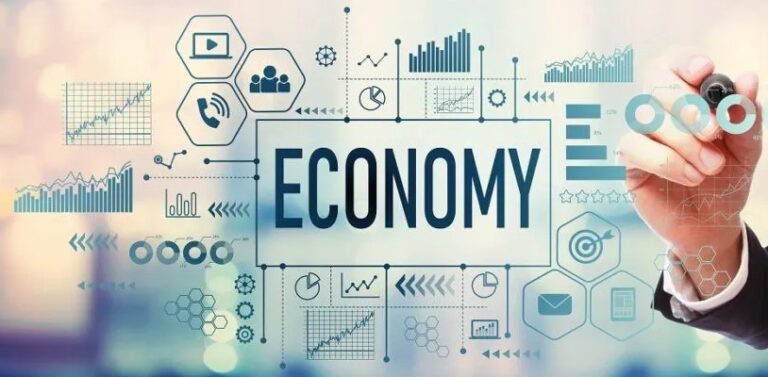The Ministry of National Development Planning (PPN)/National Development Planning Agency (Bappenas) is preparing an ecosystem to effectively implement the circular economy, which has the potential to contribute up to Rp500 trillion (US$30.7 billion) to the Indonesian economy.
Priyanto Rohmattullah, Director of Environmental Affairs at the Ministry of PPN/Bappenas, pointed out that although circular economy is already being practiced in Indonesia, its application is still mainly in the form of movements and is not yet fully structured.
“The circular economy has the potential to generate Rs 500 trillion, which would significantly boost the national economy. Discussions on circular economy have started under the Medium Term Development Plan (MTPDP). However, the Long Term Development Plan regarding circular economy is still under discussion with the House of Representatives (DPR),” Priyanto was quoted as saying by Antara on Thursday, July 4, 2024.
Jaya Wahono, chairman of the Standing Committee on Renewable Energy at the Indonesian Chamber of Commerce and Industry (Kadin), stressed that businesses need regulatory certainty to implement the circular economy as it impacts the profit calculations needed by entrepreneurs.
According to Jaya, investments in the circular economy are expected to have a long payback period. Government support in the form of regulatory frameworks is therefore crucial.
“This is a critical issue and a key consideration for investors,” he said.
Jaya said the waste-to-energy sector could flourish with clear regulations set out in Presidential Regulation No. 35/2018 on accelerating the development of waste-to-energy facilities based on environmentally friendly technologies.
This regulation allows companies to take advantage of existing resources, such as waste, by converting them into energy, thereby reducing the environmental impact of waste while allowing investors to generate profits.
Jaya proposed that investors involved in the circular economy should be given incentives, given that it is a capital-intensive activity. Such incentives would demonstrate the government’s support for these companies.
He called for collaborative efforts to address the waste problem. “By working together, the challenges of overcapacity at waste disposal sites and marine plastic pollution, which is leading to an increase in microplastics in the oceans, can be minimised.”


